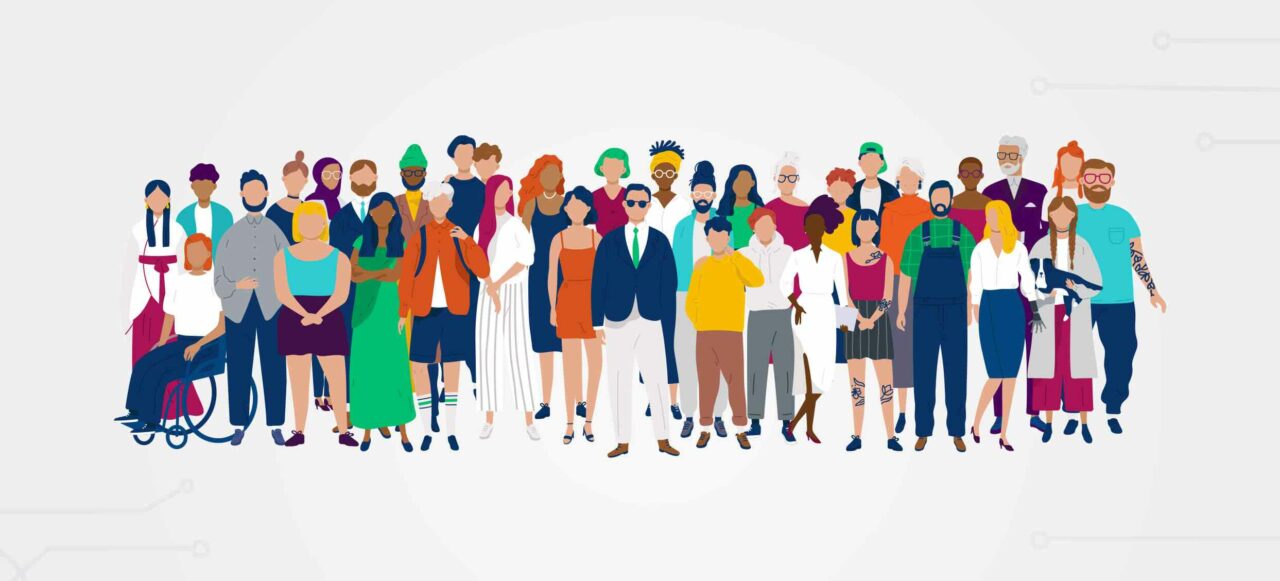Imagine you owned a small designing business or were a content creator making posts to spread happiness and laughter. To spread the word about your business and start developing your learning network (PLN), you would probably want to get on social media platforms with a public account to create content for the world to see. Depending on your taste and the overall image you want your business to exemplify, social media can play a role in helping you establish messaging and themes. With all of the negativity and hatred being spread online, many businesses and creators online have been using their platforms to create safe spaces that are inclusive and diverse for all to enjoy and spread light. Further, having a PLN that is public and engaging requires risk assessment and policy understanding, all of which we will dive into later.

Social media was made for users to engage in communication to build their PLNs. This communication may not always be personal and direct, but it can be through comments on a public post or even just viewing a post and liking it. Social media is widespread, and if you need to find something on social media, you can simply search it, and you will most likely find what you were looking for. However, this accessibility is both a blessing and a curse; social media can engage in communication or can pose challenges for communication. The accessibility of social media is a blessing because it can allow for some unique, inclusive, and diverse spaces for people to share their own experiences and raise awareness of injustices. On the other hand, it can also be a curse. Instead of working against injustices or creating inclusive and diverse spaces on the Internet, we can create places that are not diverse or inclusive and that make injustices instead of helping to solve them.

Here is the million-dollar question: is social media inclusive? I believe there is no right or wrong answer to this question. Depending on the’ area’ of the Internet you are on, it could be inclusive, or it could not be inclusive (Arfini et al., 2019). I think of the Internet and social media as I think of different places in the world. You will see other things and have different experiences depending on where you want to go. To get to some niches (like the sketchy or illegal ones), you might have to cross some borders (do something to access these different places). There is a wide variety of what you can find online, and some areas are not inclusive. However, some amazingly constructed inclusive and diverse social media platforms are safe spaces for those to voice their opinions and share their stories. My final note here will be this: if you are looking for inclusivity, you will find it, and if you are looking for places with hatred, you will find those places too. Further, I believe who you associate with online, such as your PLN, reflects you and your values as a human being. Make it count.
In my last blog post, which you can find here, I discussed employers with employees who questionably use their social platforms. For example, many employees lost their jobs or have taken hits to their reputations because they post and share discriminatory language. Further, some companies with employees who share derogatory words have suffered economic losses. For reasons like these, companies often have employee social media communication expectations policies.

Talking about inclusivity and PLNs, I feel it is essential to bring it home and talk about how I work to make my PLN and social media platforms inclusive. I have about 900 followers on Instagram, and I do not have 900 friends. My account is private, but I typically let whoever follow me if they have requested to do so. I am from a tiny community, so everyone knows everyone, even if you have only ever heard another person’s name. This is where most of my followers come from; the rest come from my travels and my last two years of university. Also, I am outspoken and political, so I often use my social media to share factual information with those within my PLN. Thus far, I have shared information on my Instagram stories and in my Facebook feed regarding COVID-19, United States politics, gun violence, BIPOC discrimination, mental health, elections and how to vote, and legislative bills, such as Bill 61 in Manitoba. I have tried to create a group of like-minded people who care about their communities, societies, and the world. Unfortunately, raising awareness around these issues comes with hate. Whenever I receive or see hate, I simply hit “remove follower,” and the hate is gone! Inclusion is something we ll must continually work towards (Shelley, 2017).
The benefit of having a diverse and inclusive PLN on social media is that I get the chance to engage in many interesting conversations. Sometimes when I post something, I receive a message telling me I made a good point, but I should also consider something else. Sometimes I receive a simple message from someone I know who has opposing views, and we will have an honest and constructive conversation about why we believe what we believe.
I hope you enjoyed the read!
Amelia 🙂
References
Arfini, S., Bertolotti, T., & Magnani, L. (2017;2019;). Online communities as virtual cognitive niches. Synthese (Dordrecht), 196(1), 377-397. https://doi.org/10.1007/s11229-017-1482-0
Shelley, M. & Schnellert, L., (2017). One Without the Other : Stories of Unity Through Diversity and Inclusion, Portage & Main Press. ProQuest Ebook Central, https://ebookcentral-proquest-com.ezproxy.library.uvic.ca/lib/uvic/detail.action?docID=4832579

Leave a Reply